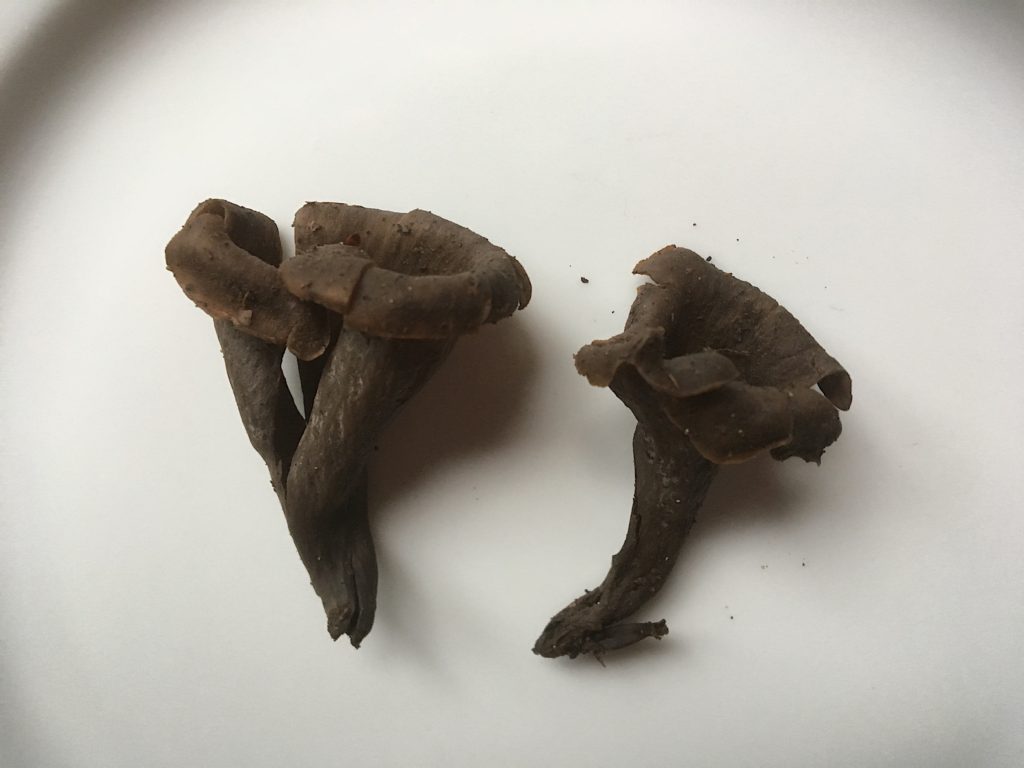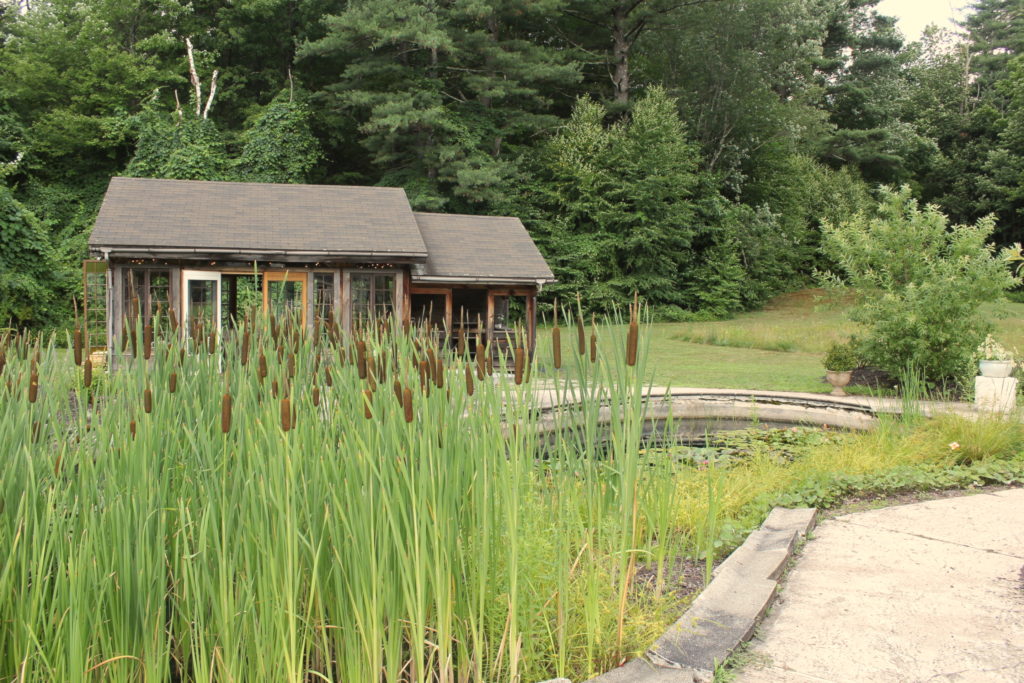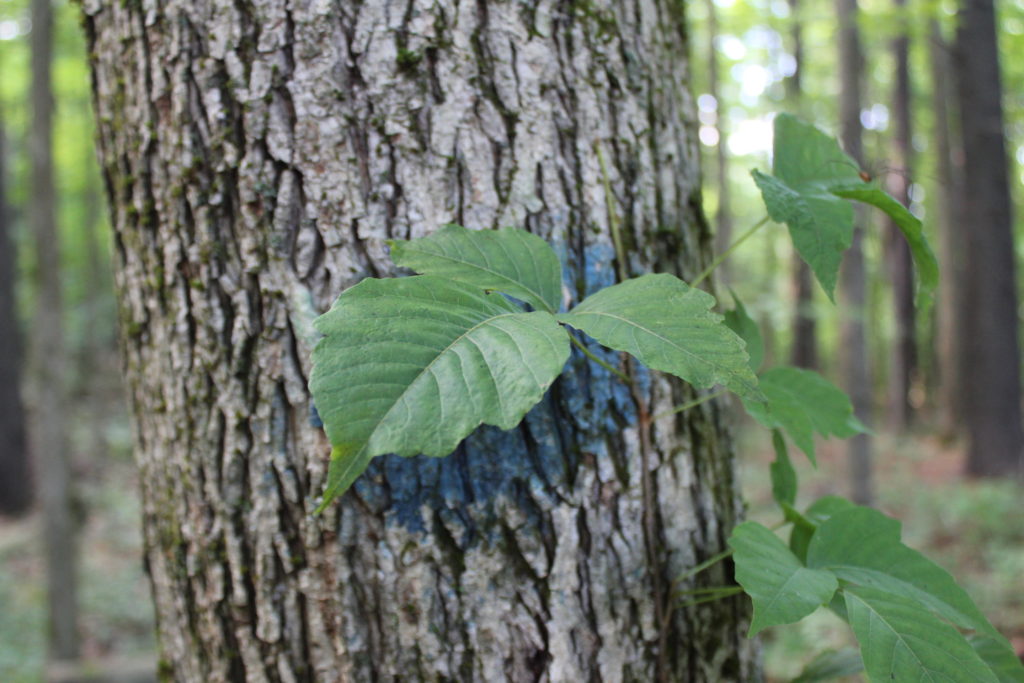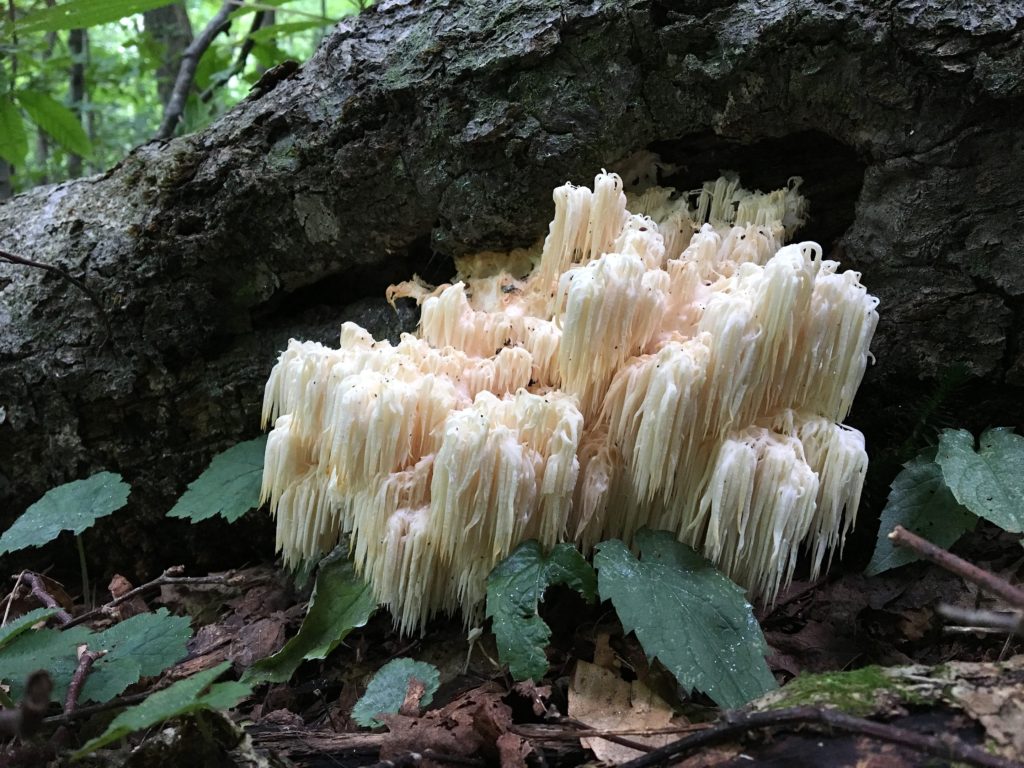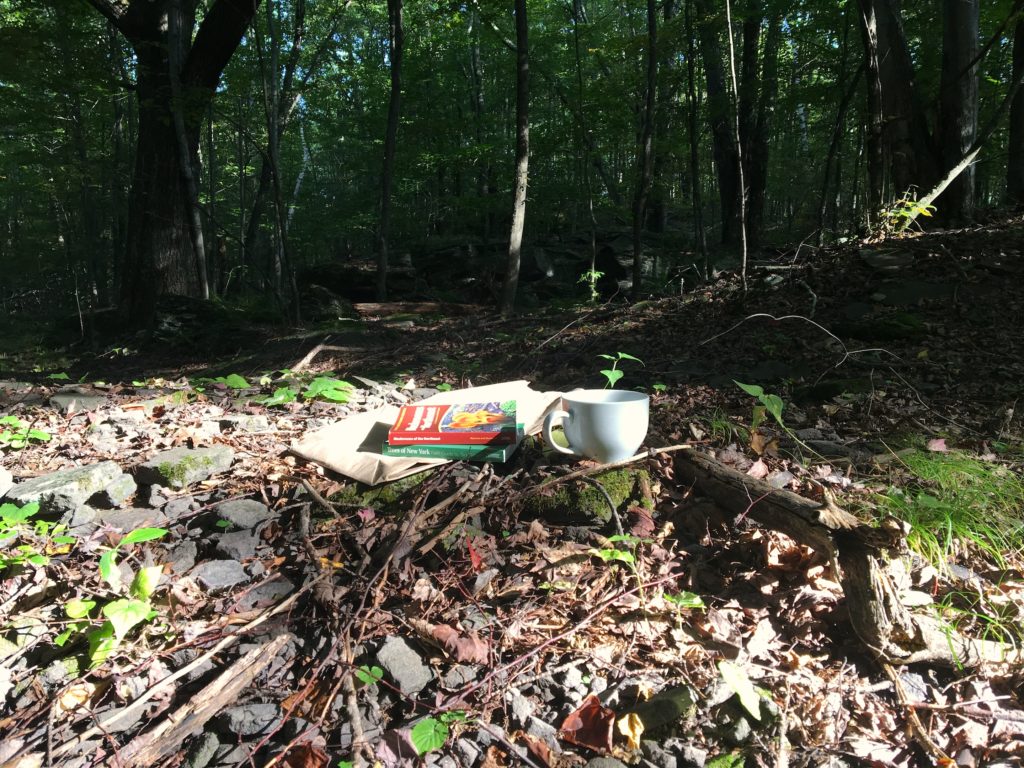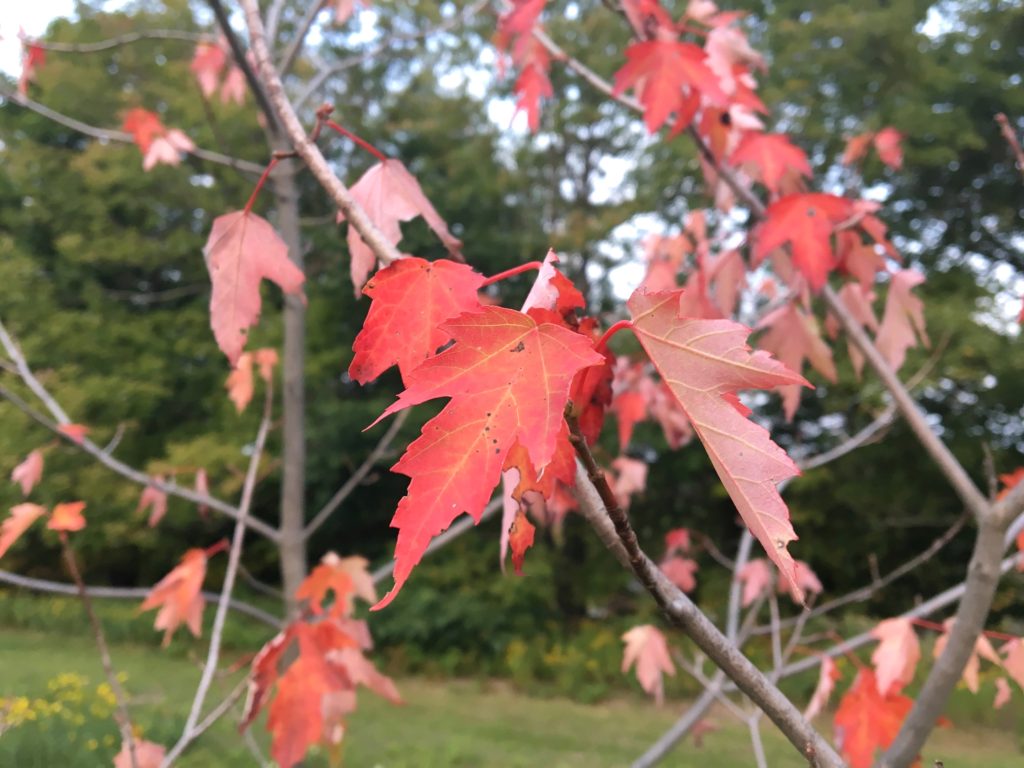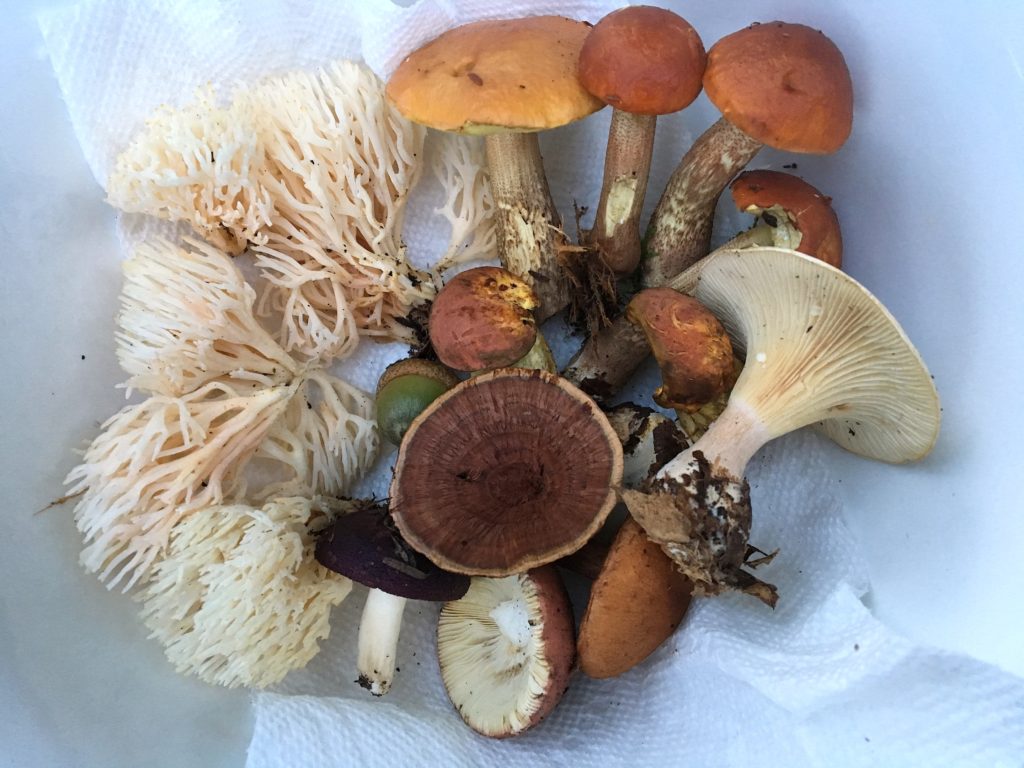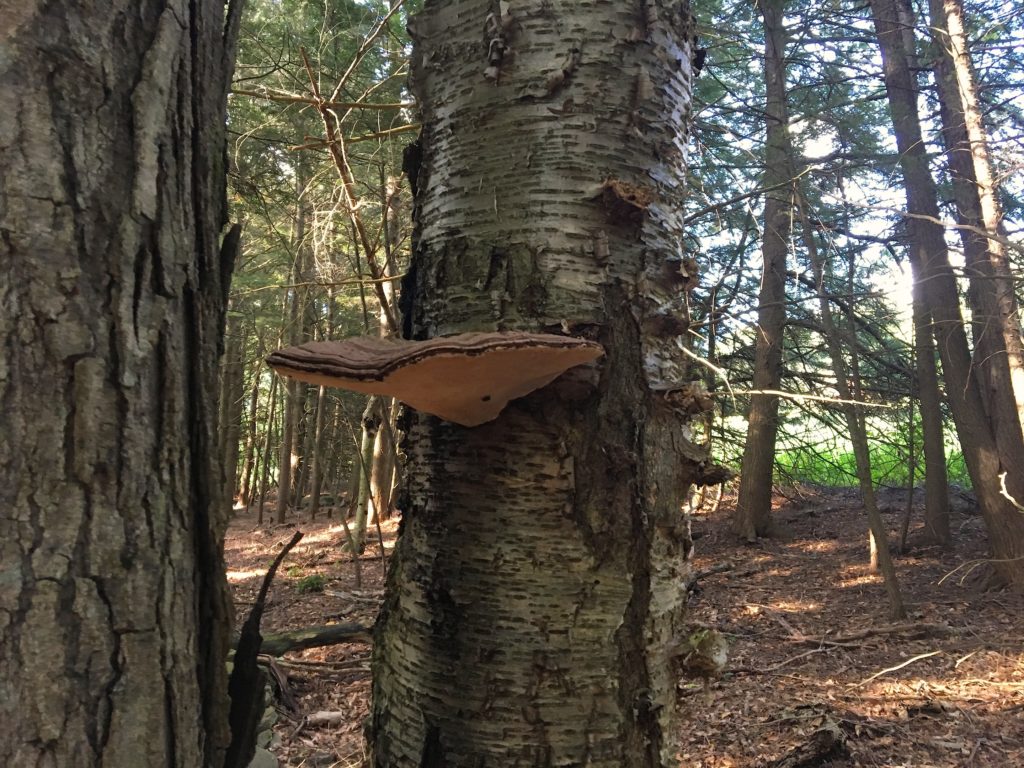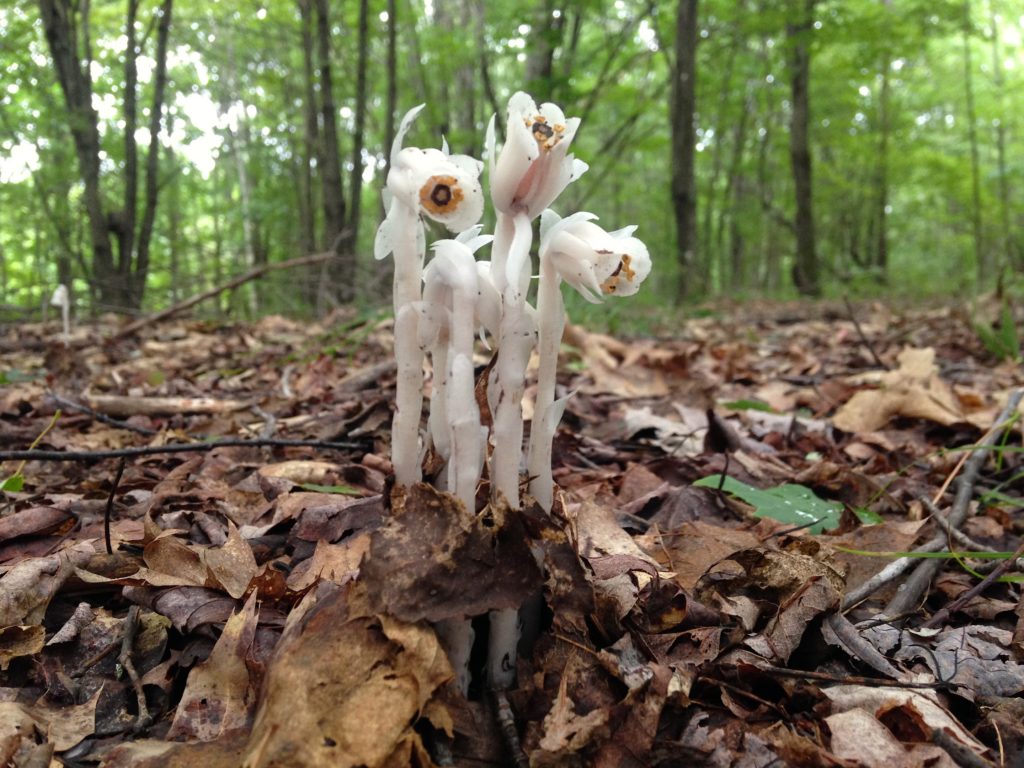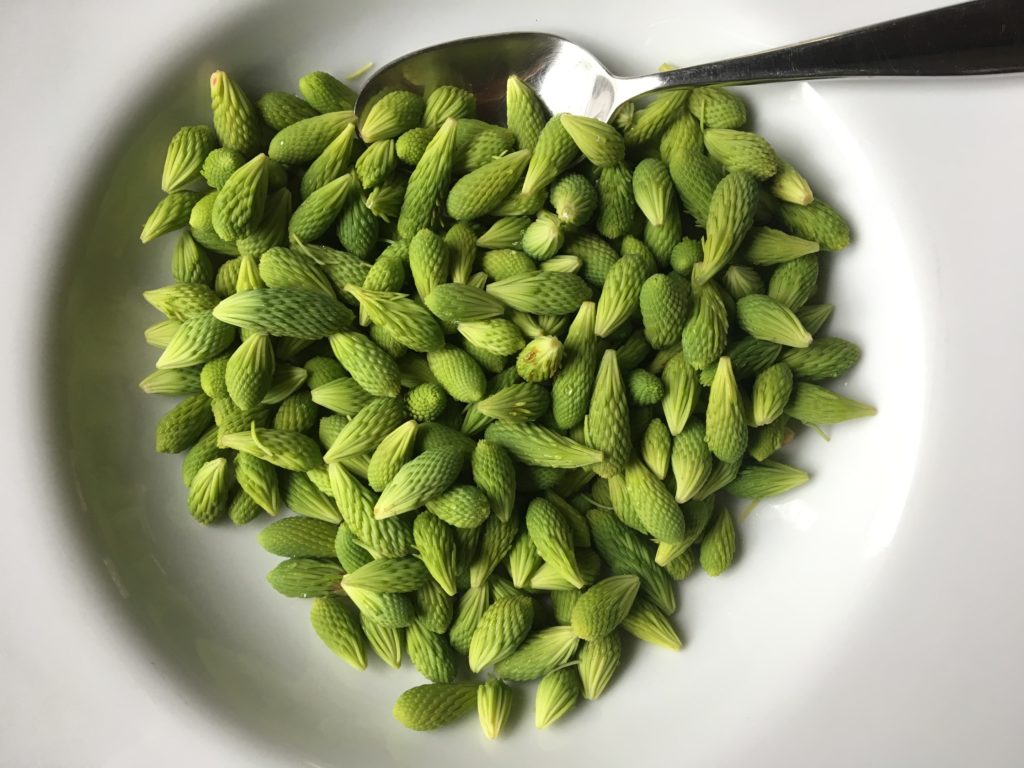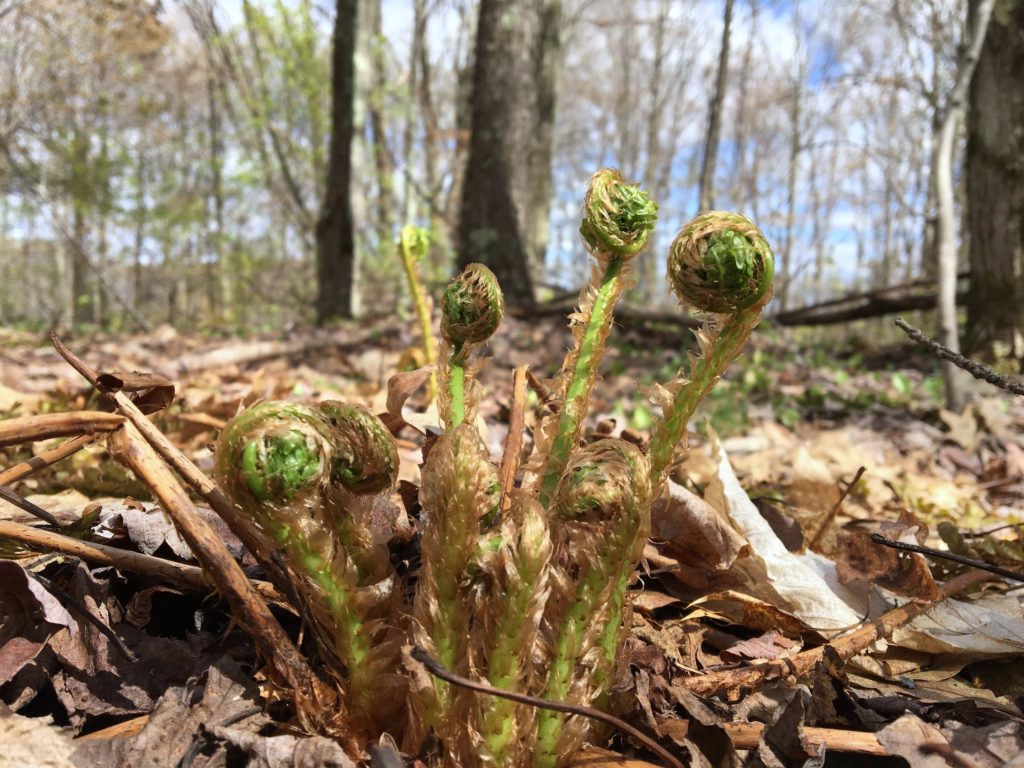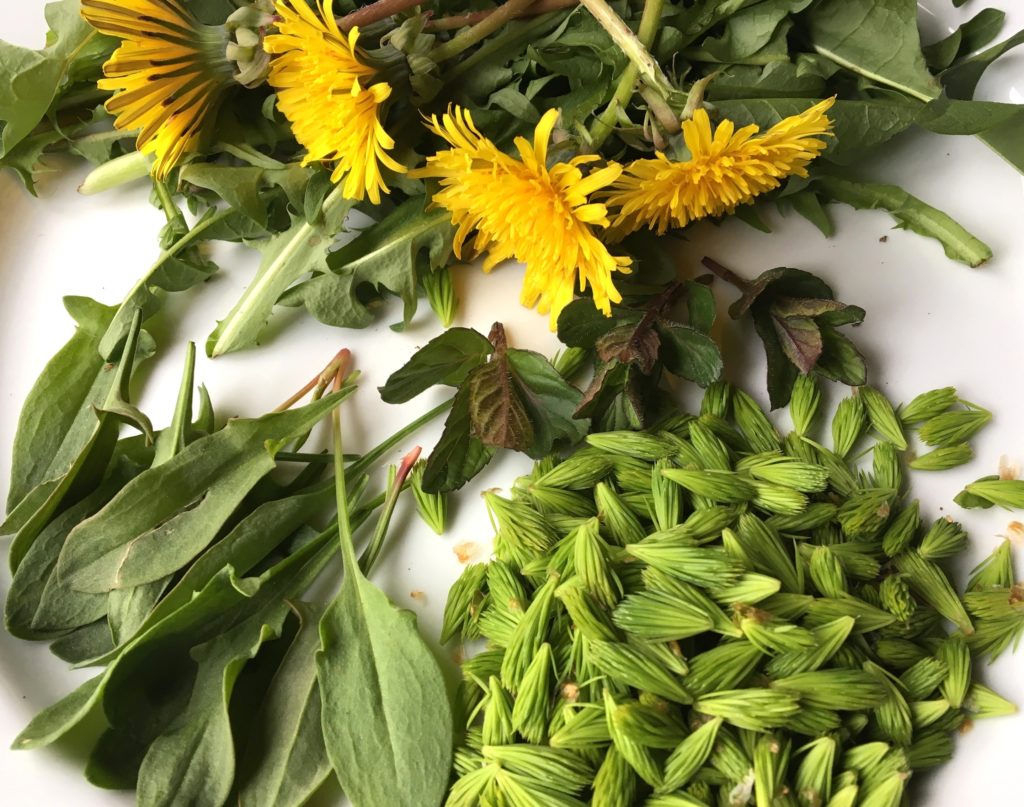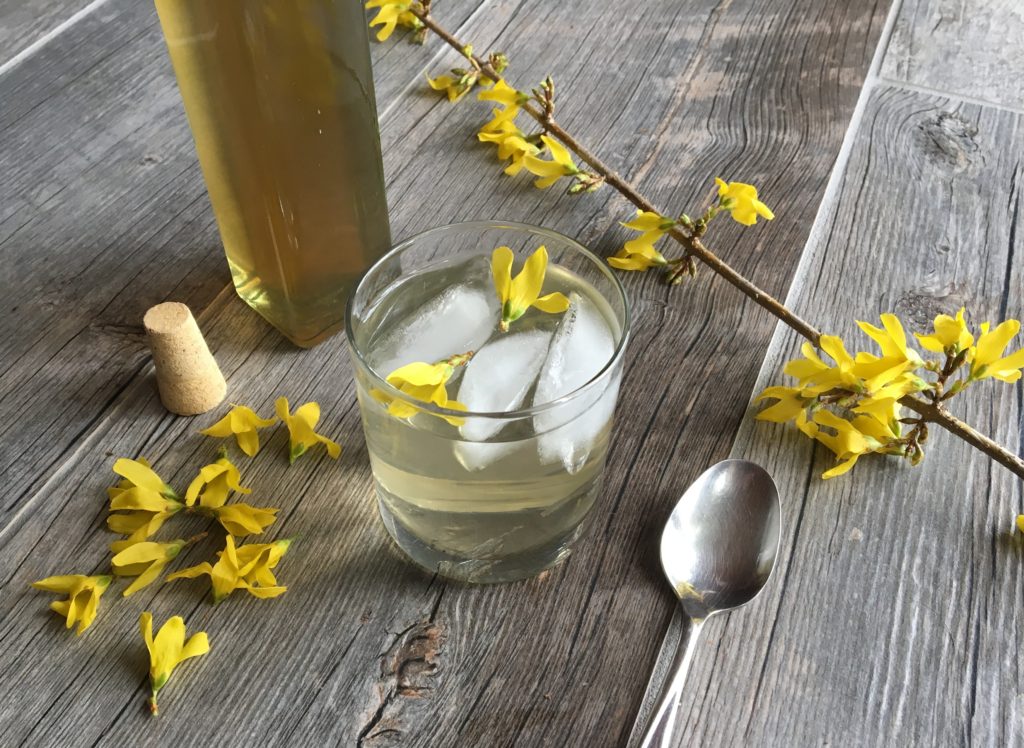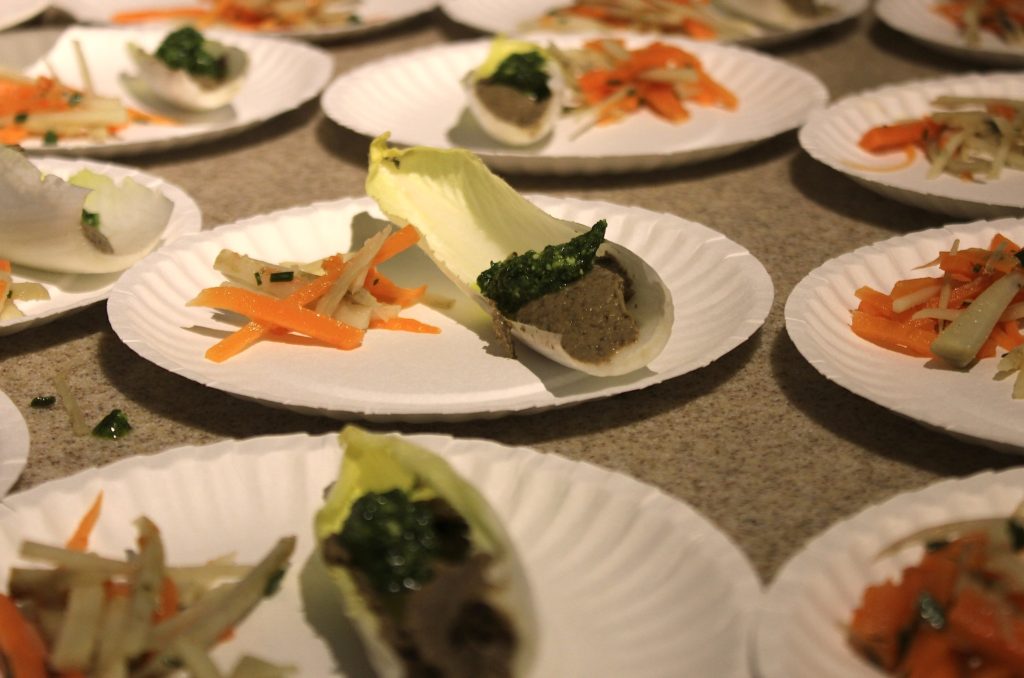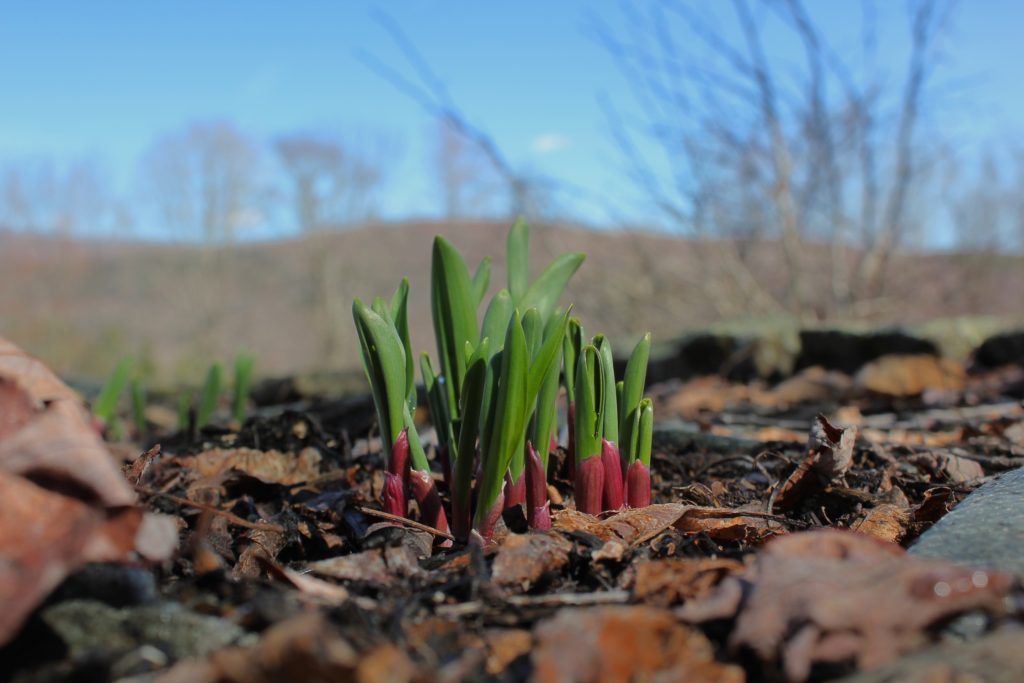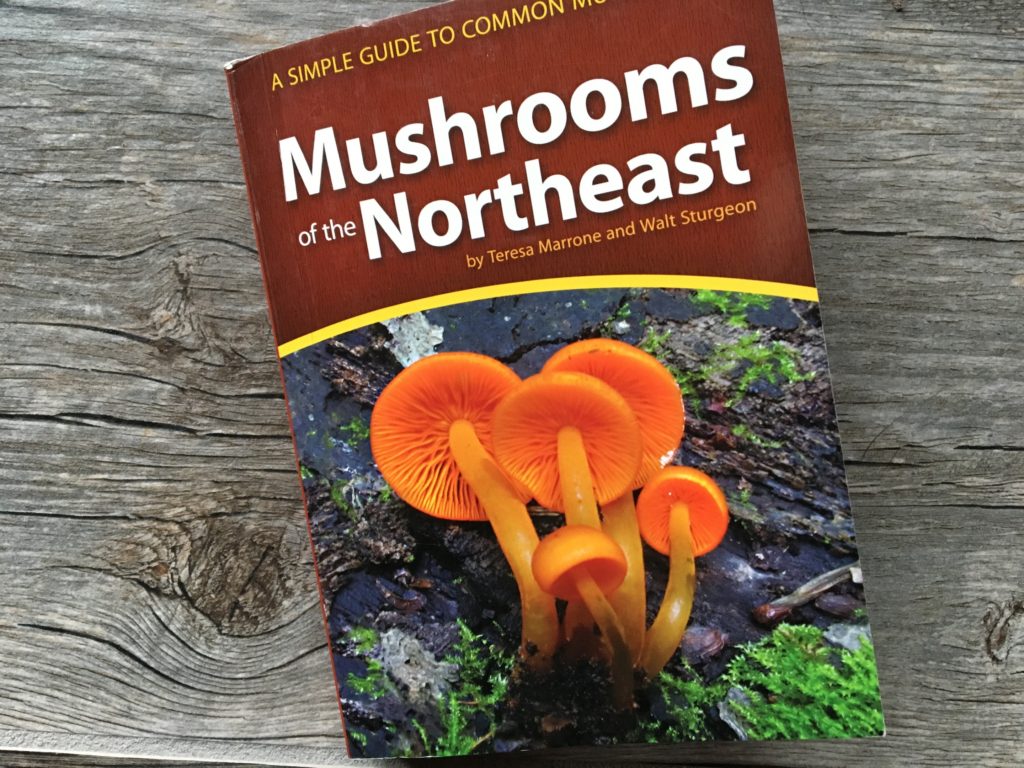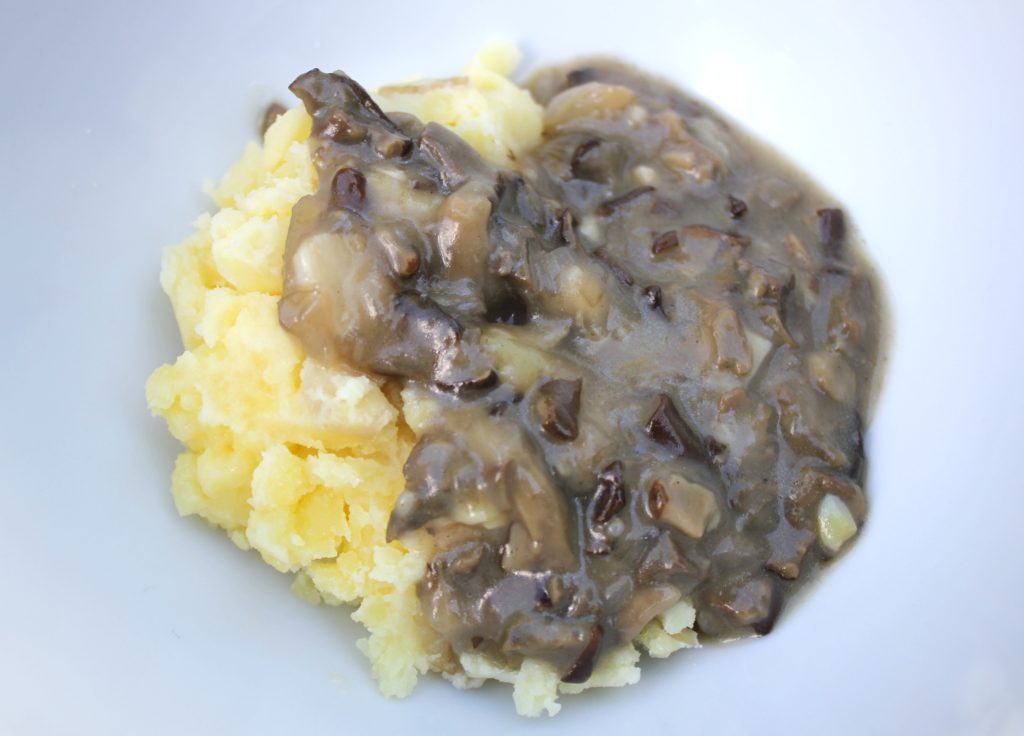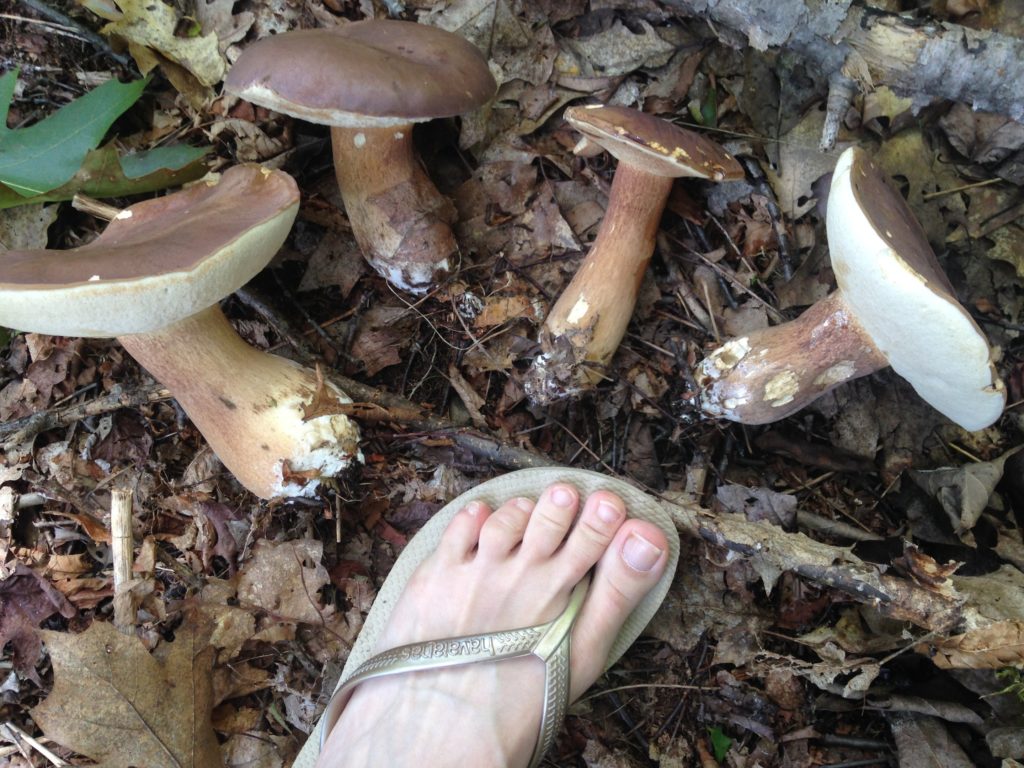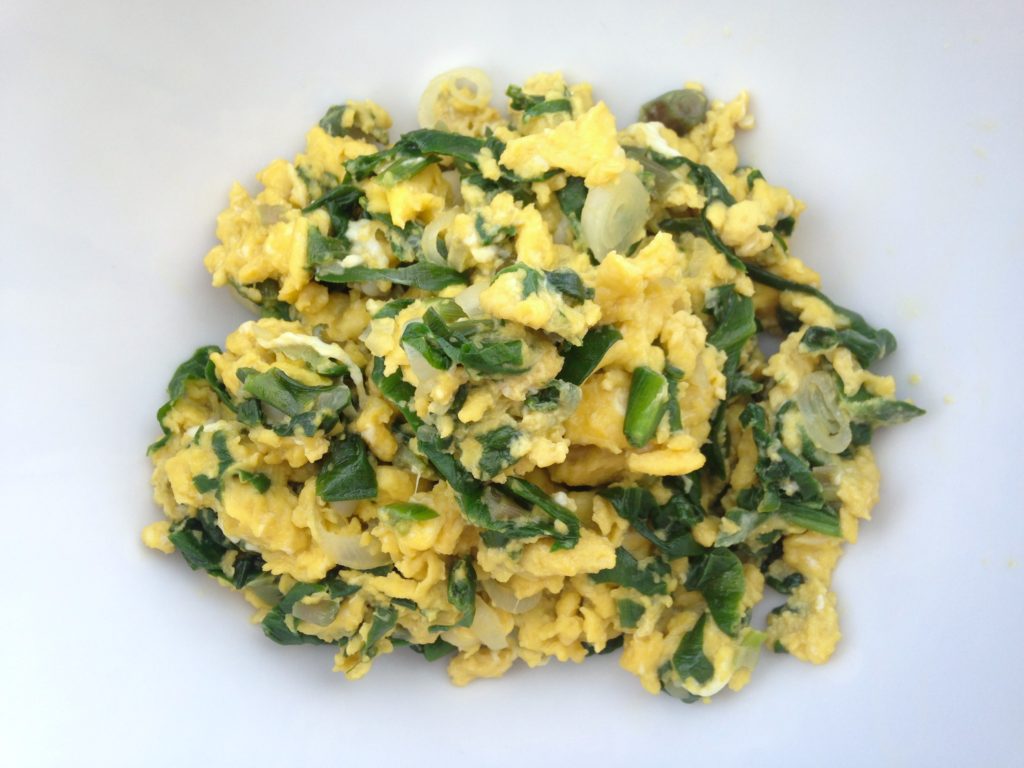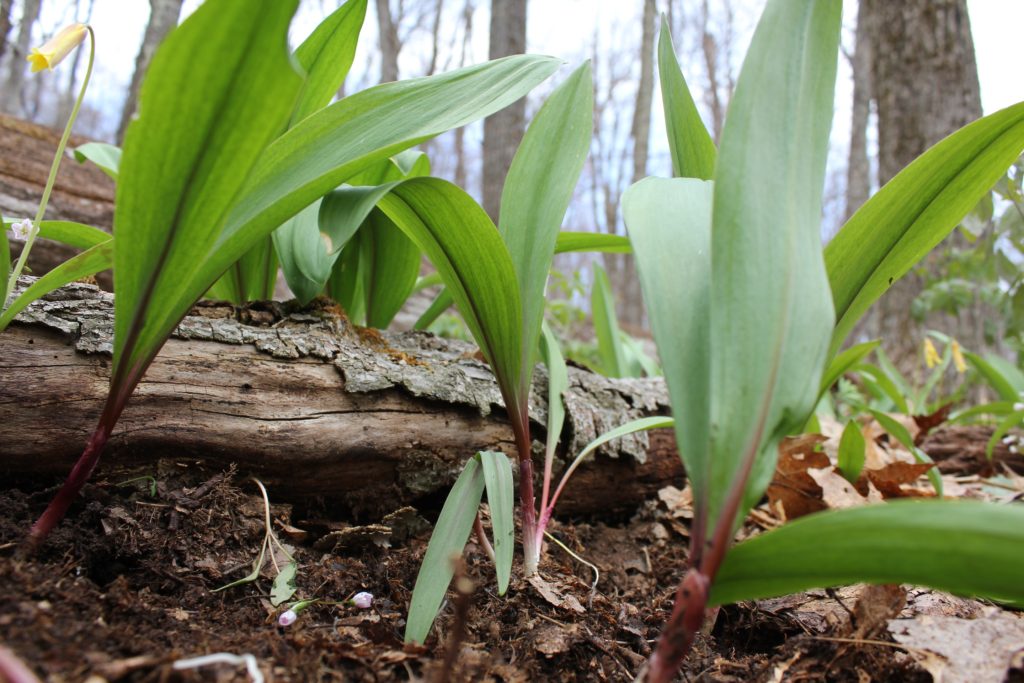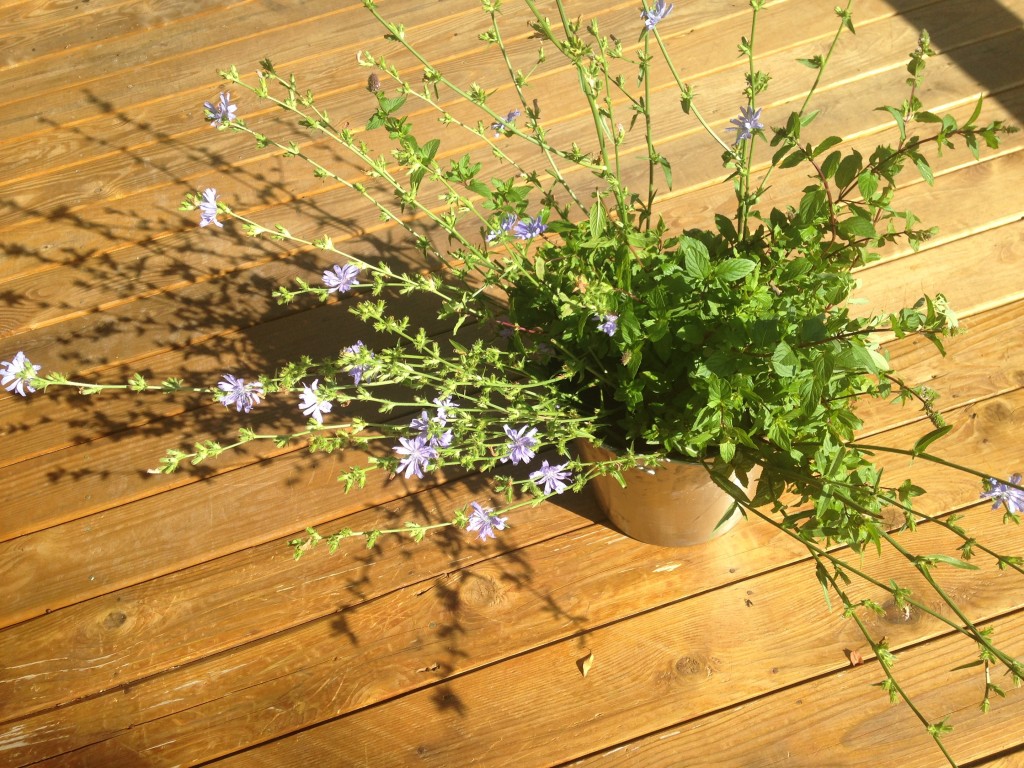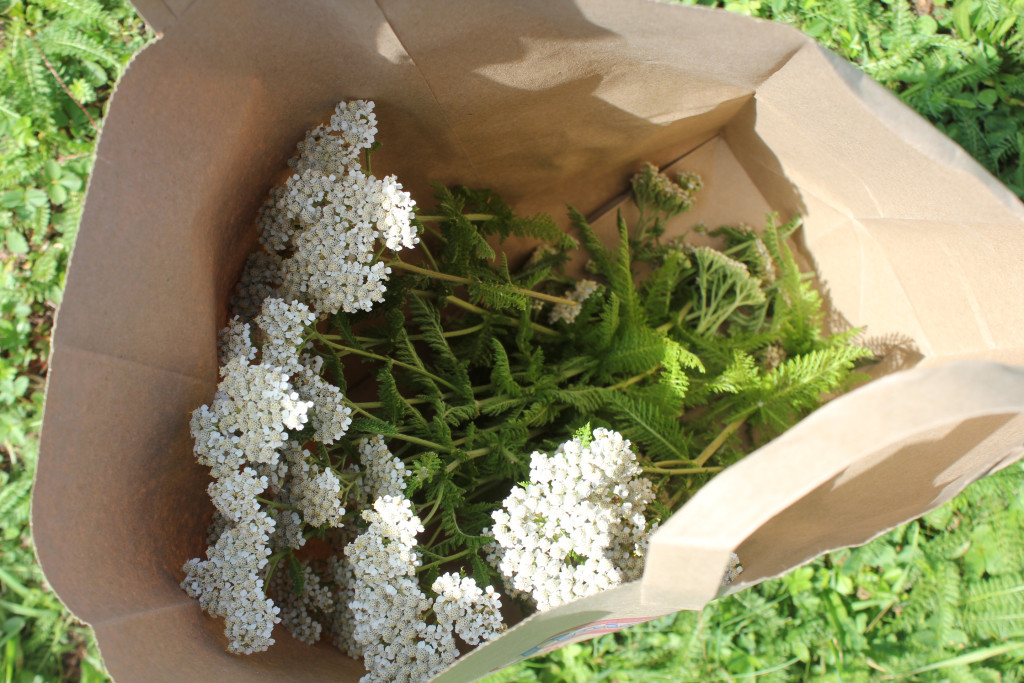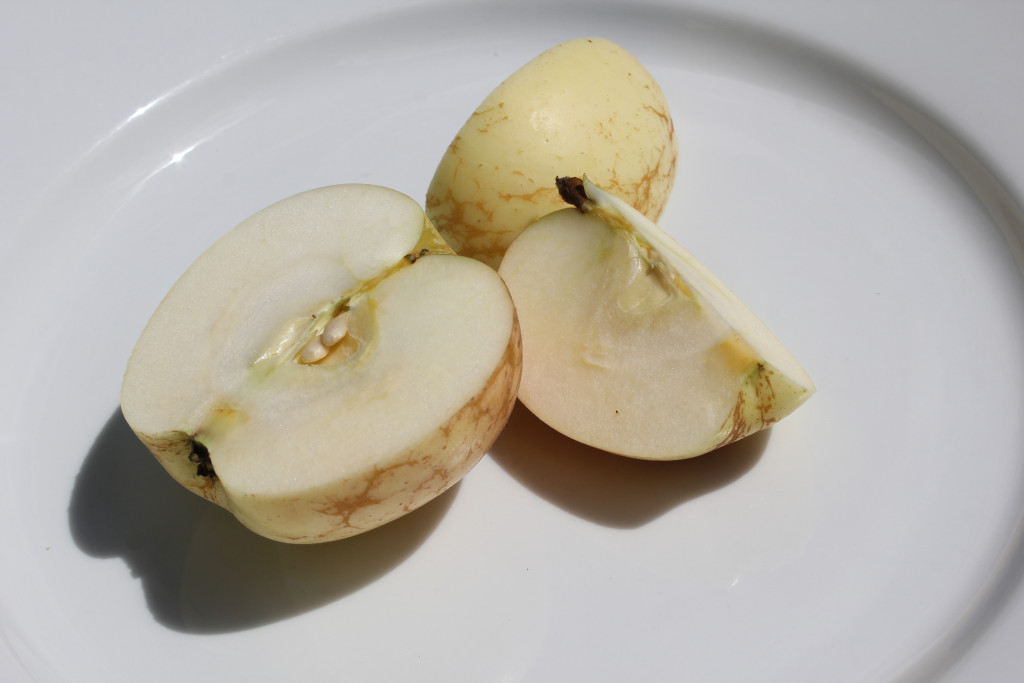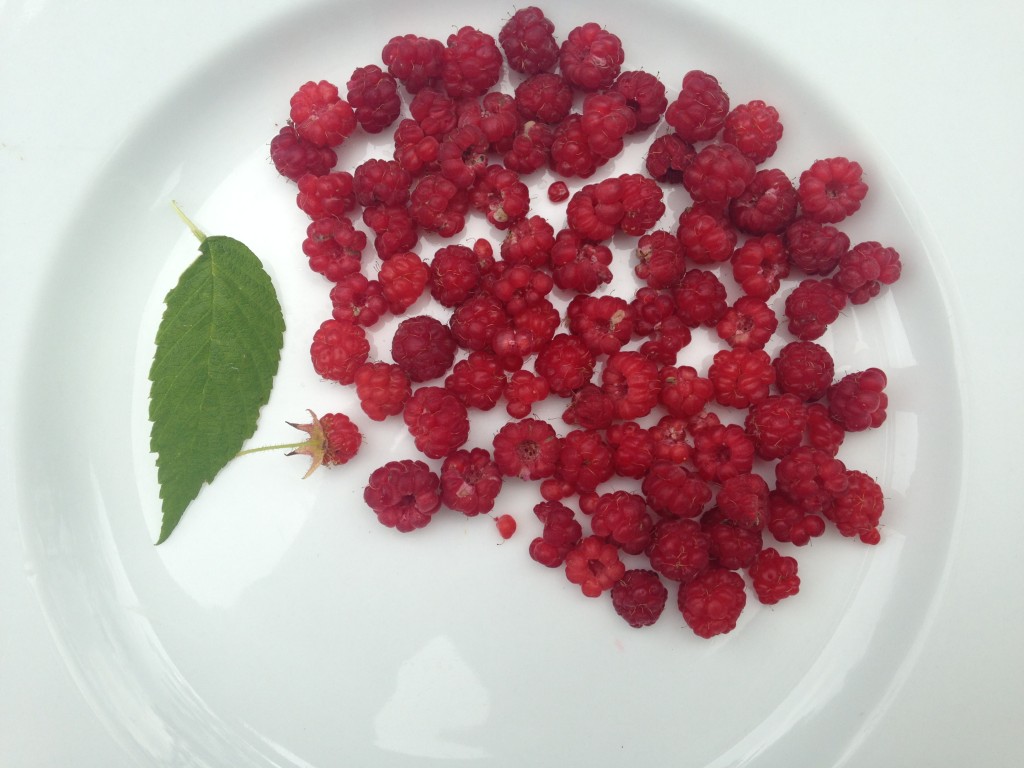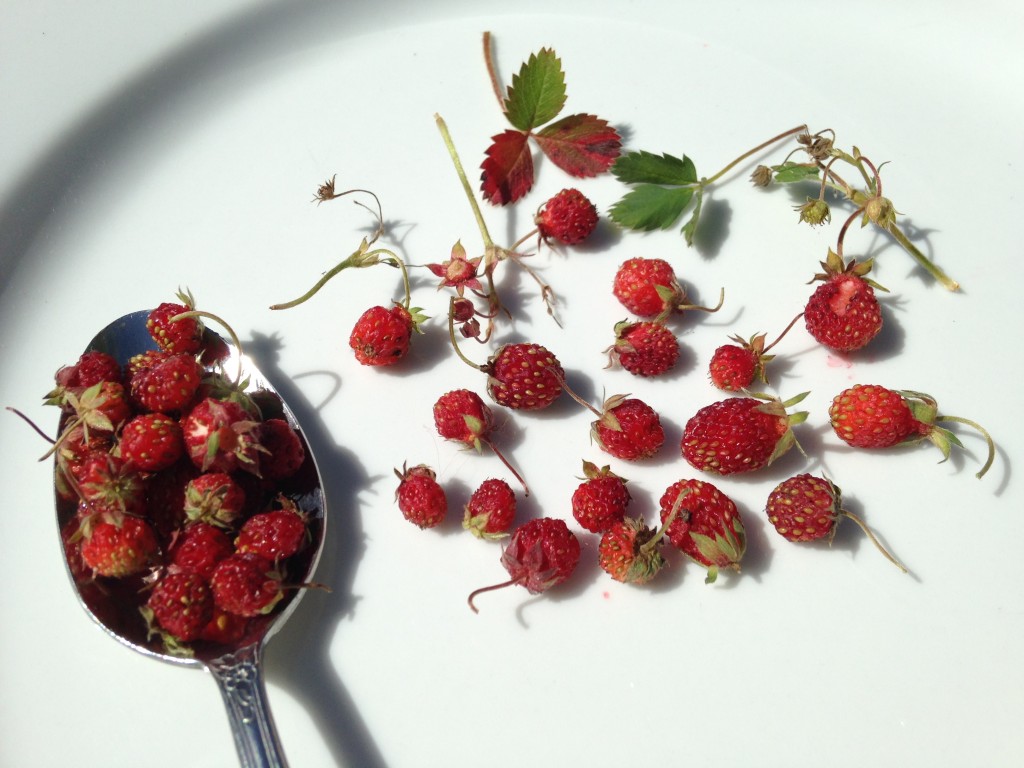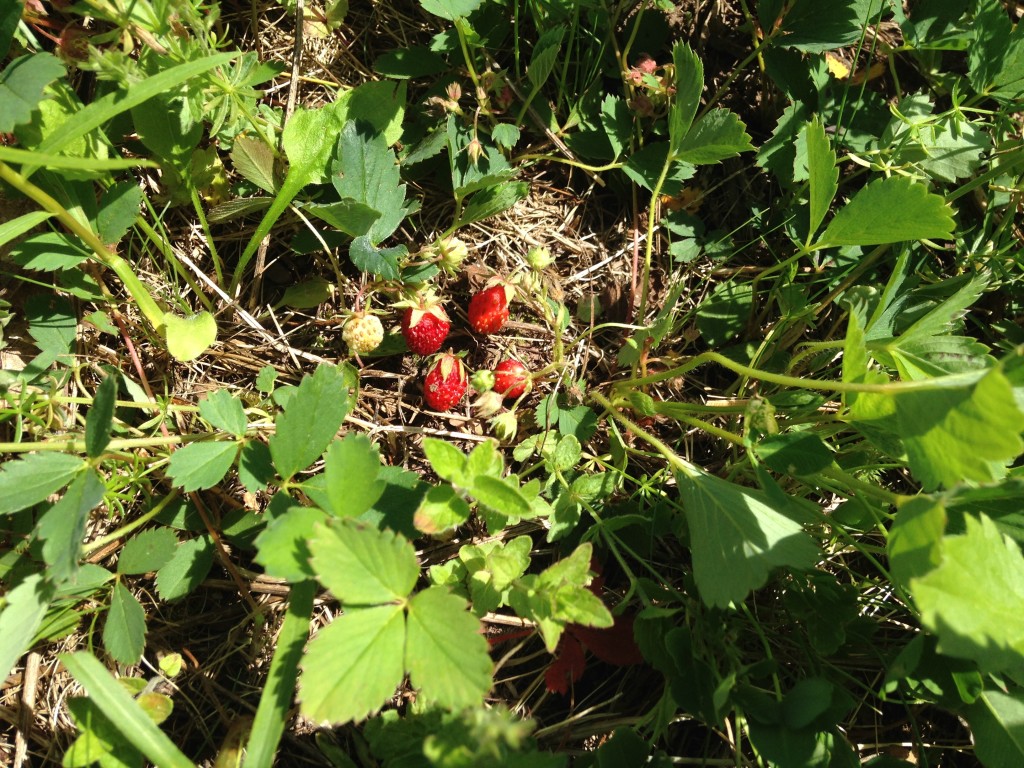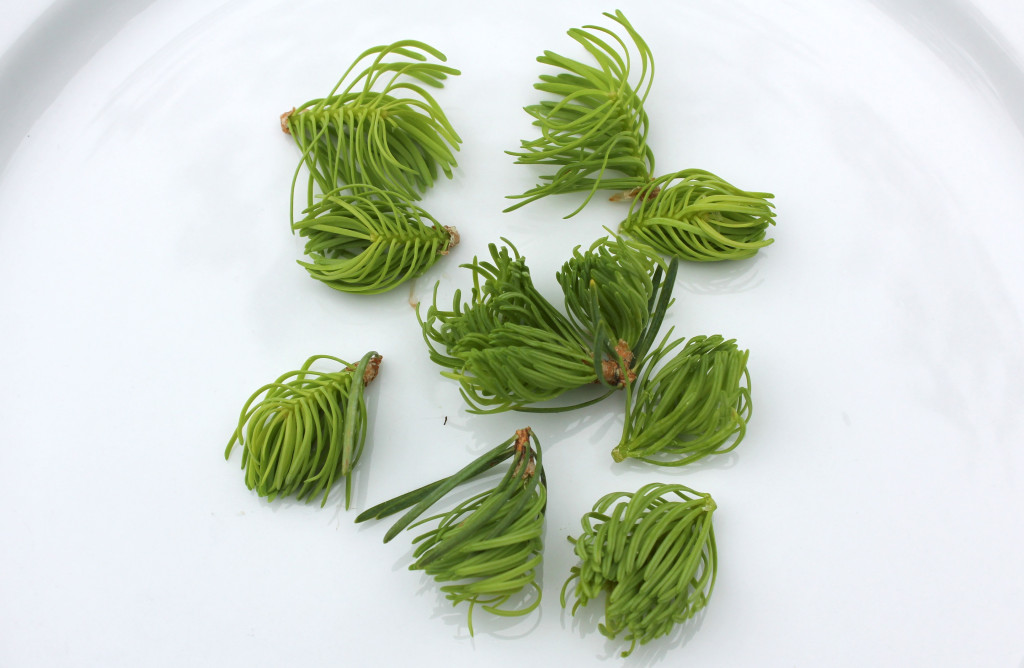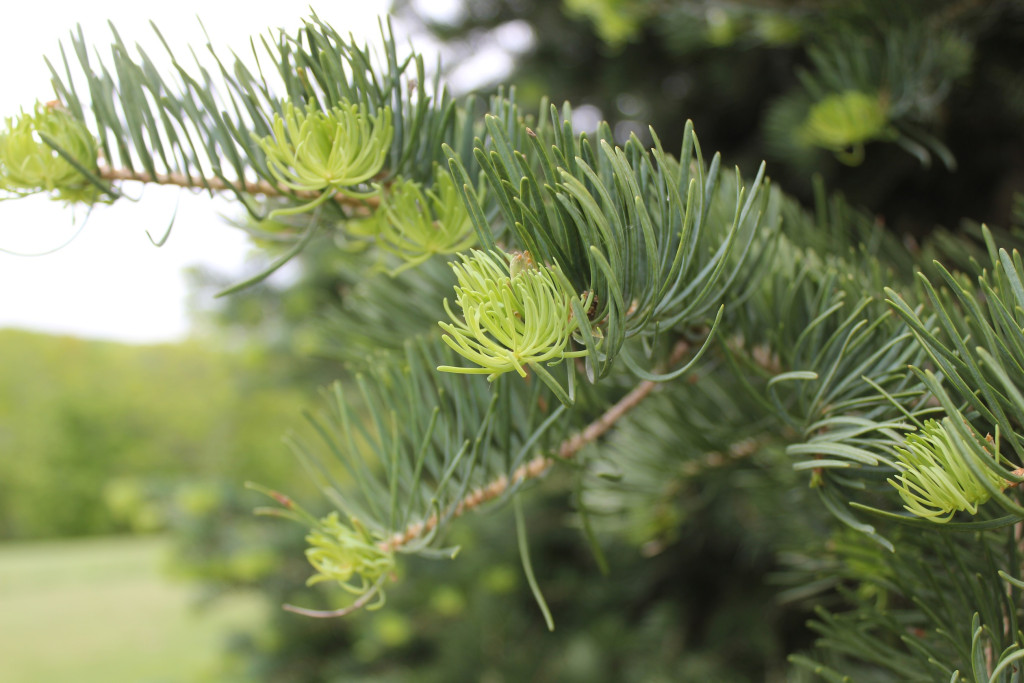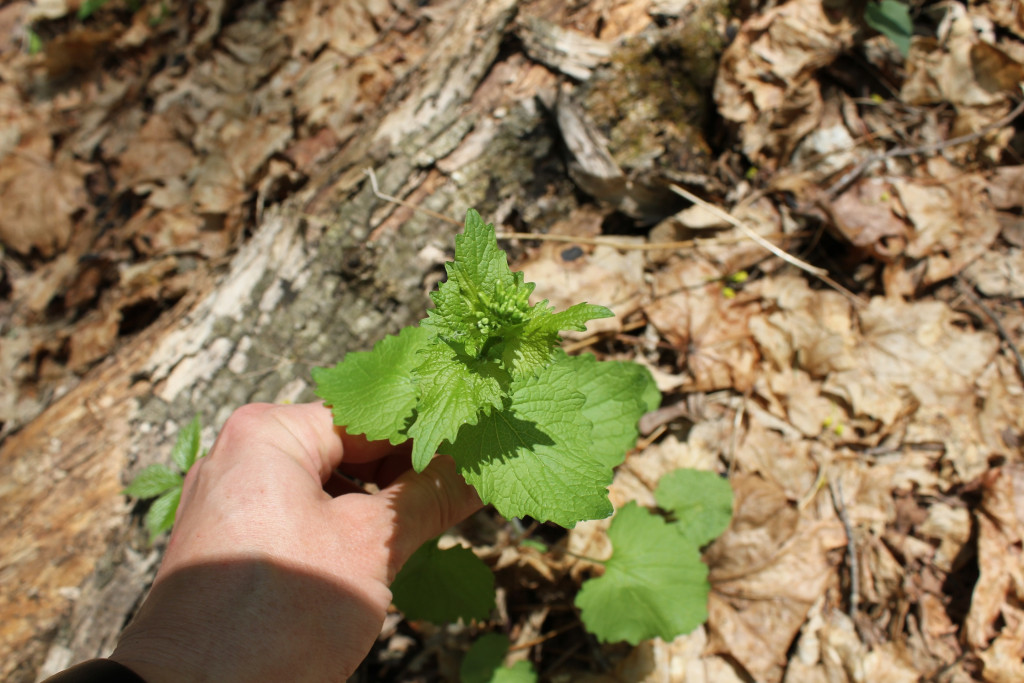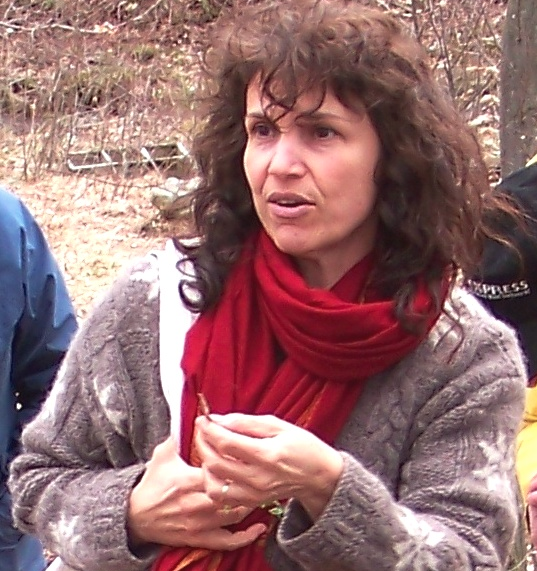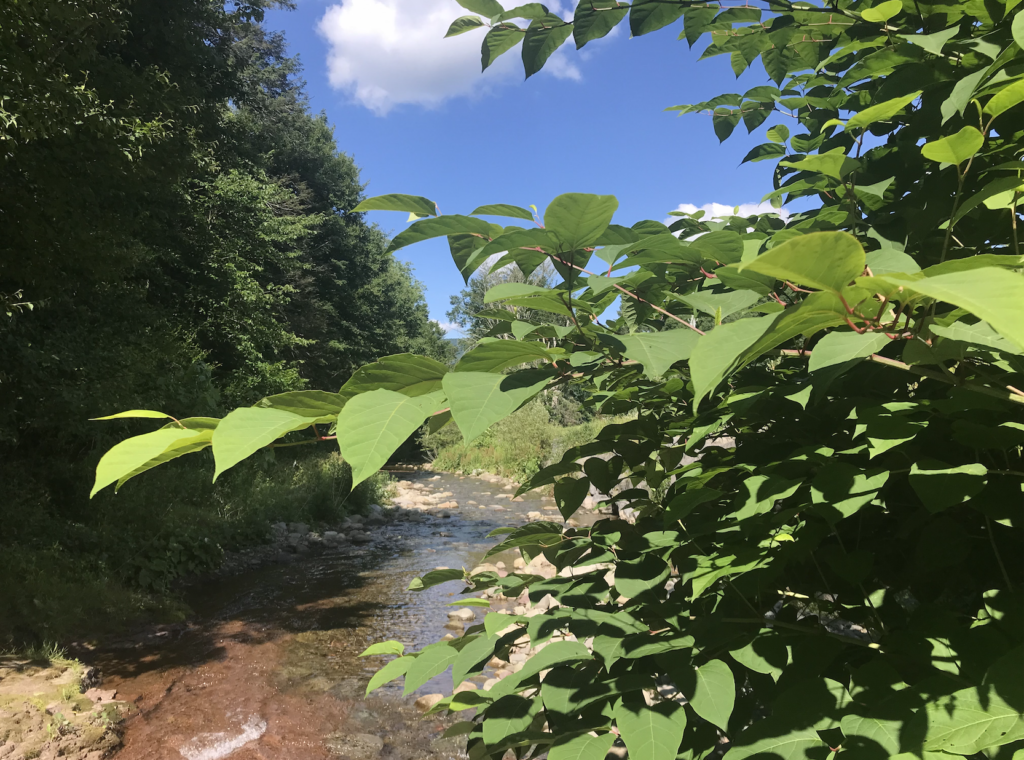
When I first began to explore Jake’s farm, Lazy Crazy Acres, in that winter of 2020, I noticed what looked like old, dead bamboo by the river – very tall beige rods with those distinctive horizontal ridges – but it was actually Japanese Knotweed, a member of the buckwheat family. This imported Japanese ornamental is everywhere and is as exceptionally difficult to eradicate as any living pest like the emerald ash borer or hemlock wooly adelgid. It’s a problem because it’s so incredibly voracious, growing by feet in a day, and its roots can destroy the foundation of a house. The stems can grow up to 15ft tall, and they block natural light for any other plant beneath it. The plant quickly takes over large areas and smothers everything on the forest floor below and disrupts wildlife habitats. It has beautiful large spade-shaped leaves with their deep blood-red stems, all shooting from hollow green bamboo-like rods.
Continue reading
